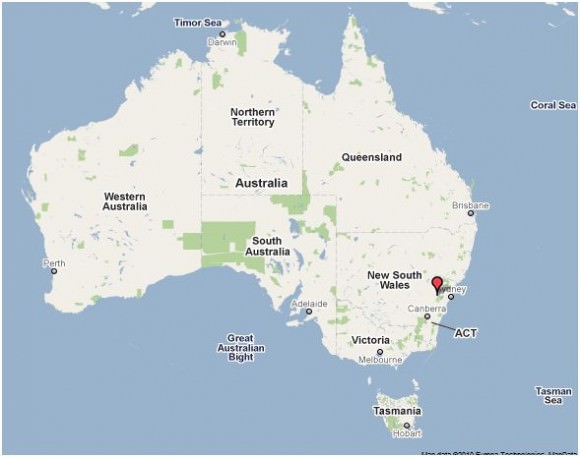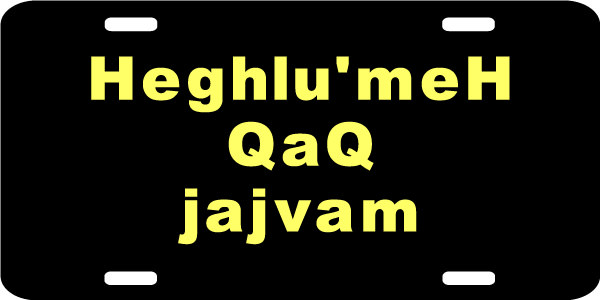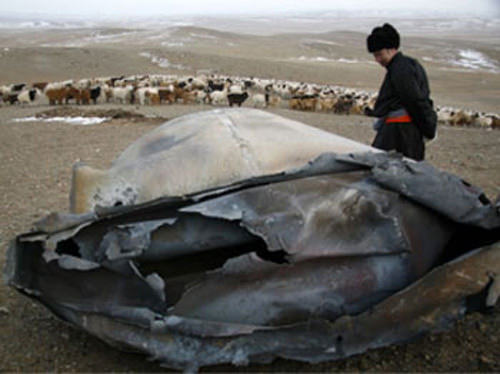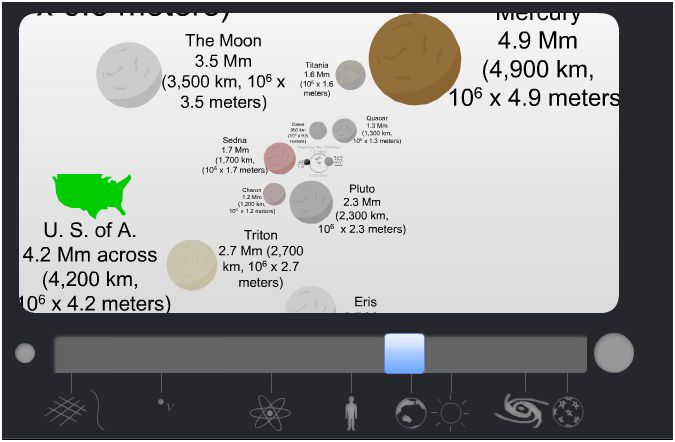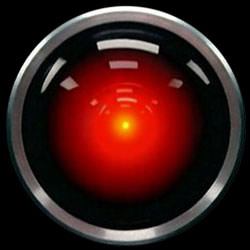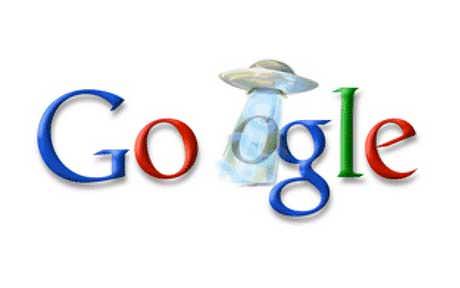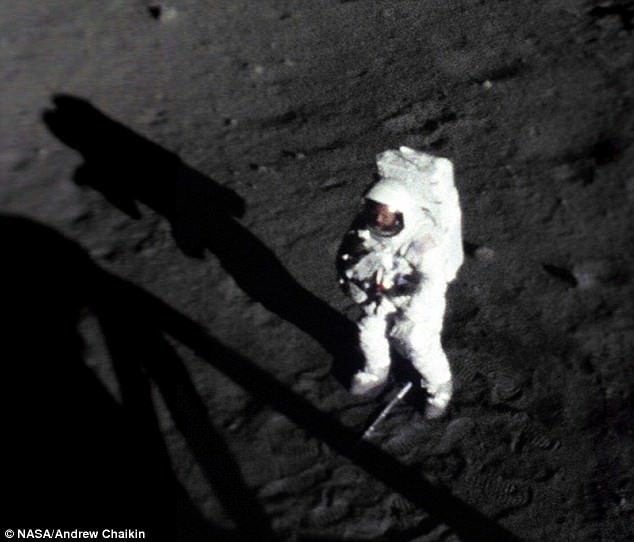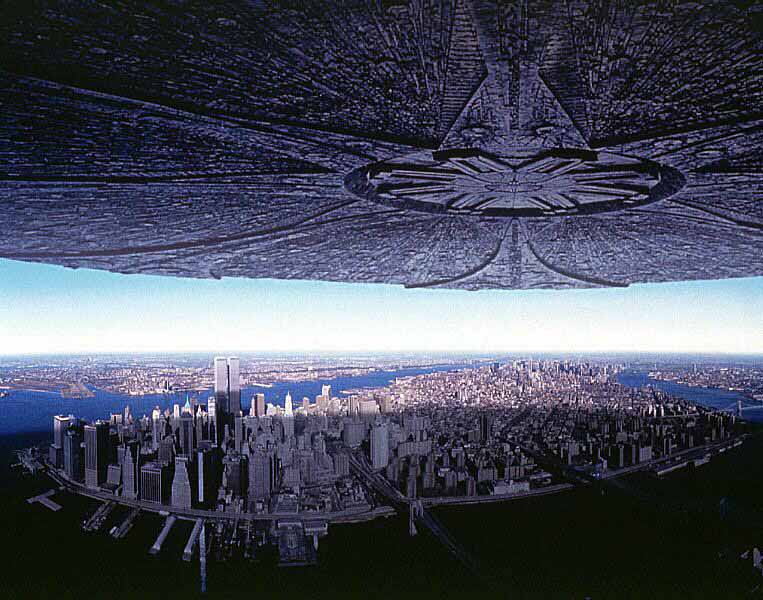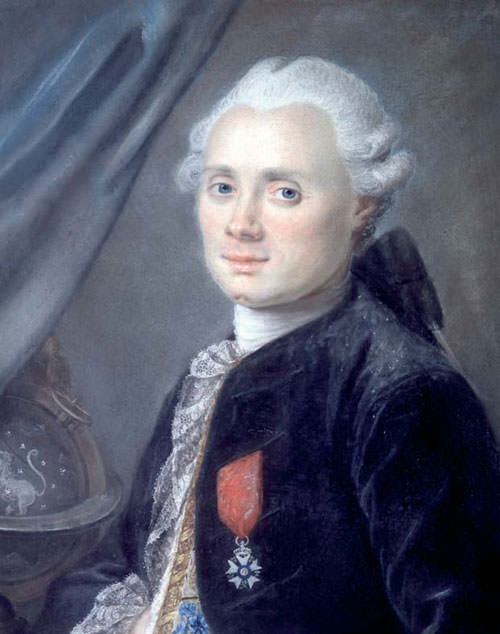Most of us know the name of Charles Messier, the French astronomer and comet hunter who published perhaps one of the most celebrated catalogs of astronomical objects of all times, but how much do you really know about the man? Today is the anniversary of Messier’s birth, so why not step inside a take a look a what make this curious astronomical character one of the most celebrated observers of all time.
Charles Messier was born on June 26, 1730, the tenth son in a wealthy family of 12 children from Lorraine, France. Times were very tough back then… Even for the rich. Half of his brothers and sisters died while Charles was still quite young. By the time he’d reached 11 years old, Charles father had also died, but he was left in the care of his 24-year old brother – Hyacinthe – a Navy curator. As luck would have it, while his brother was gone, young Charlie would fall from a window in his house while playing and break the long bone in his thigh. Well, medical attention then wasn’t the same as it is today. A neighboring farmer took him in and cared for him as best he could, writing to Hyacinthe that the lad would have full recovery. However, when the older Messier brother returned, he realized how impaired this injury had made him, so he removed him immediately from the local school, took care of his education, and trained him for eight years for administrative and methodical work. Although we can imagine that young Charles felt a bit restricted during that time, what he learned would serve him well – precise observing methods and an eye for fine details.
Charles Messier was bitten by the astronomy bug at age 14 when a a great 6-tailed comet appeared and he had a chance to witness an annular Solar eclipse from his home town on on July 25, 1748. About a year later, his schooling would end and like most young men, he’d drift for awhile, not too sure of what direction he wanted life to take him. Well, in 1751, that part of present-day France was reorganized, (Off with their heads, you know…) so Hyacinthe decided to stay loyal to a certain faction and it was time to put 21 year old Charles to work. There were two positions open: one with the curator of the palace and one with the astronomer. Guess which position he took? So, on September 23, 1751 Charles Messier left for Paris to work for the Naval Astronomer in the unheated hall in the Royal College where his fine handwriting netted him the job of copying maps. Besides that, the Observatory director, Delisle, kinda’ liked him… So he taught him about his instruments, how to make observations and introduced him to his assistant and they both let him keep their notes.
As an astronomer, Charles Messier’s first documented observation was of the Mercury transit of May 6, 1753. Delisle himself had introduced Messier into the beginnings of astronomy and drove home the point of calculating exact positions of all observations and documenting them. This well-learned lesson was a skill that would eventually immortalize Messier’s observations and in 1754, he was officially employed as a Depot Clerk of the Navy.
And still dreamed about the stars…
Somewhere in 1757, Charles Messier started looking for comet Halley. The comet was expected to return in 1758, but at the time these orbital calculations were little more than guesswork. Observatory Director Delisle had calculated an apparent path where he expected comet Halley to appear and young Messier drew up a star chart for him. As luck would have it, there was an error in Delisle’s calculations and no matter how valiantly and determined Messier was to find the comet, it was never there. At least until the night of August 14, 1758 when he accidentally tripped across another comet. Carefully documenting his observations, Charles followed it telescopically until November 2, 1758 and after comparing notes with contemporaries, realized this particular comet had been discovered on May 26, 1758, by De la Nux. Even if it wasn’t Comet Halley, or a new discovery, his observing time wasn’t wasted… It was the beginning of a new era.
While he was documenting and following De la Nux’s comet, Messier discovered another comet-like patch in Taurus on August 28, 1758. Being the good observer that he was, he recorded its position, returned later, and when he discovered it wasn’t moving – realized he’d located a nebula. He measured its position on September 12, 1758, and it later became the first entry in his famous catalog, Messier 1 or M1. Realizing he was on to something, Messier then began to sweep the heavens with his telescope, searching along Delisle’s path for comet Halley and recording objects “which could be mistaken for comets” along the way.
Comet Halley was finally recovered by German amateur astronomer, Johann Georg Palitzsch, on Christmas night 1758. However, for Messier, his “Ah ha!” moment wouldn’t come until January 21, 1759, nearly a month later. Although he remained loyal to his teacher, Messier began to have doubts about Delisle’s computations, and after a few independent observations he found Comet Halley on his own. Of course, Delisle wouldn’t admit that he was wrong. He told Messier to continue to observe along the lines he’d given him and simply refused to announce his discovery to the French academic world. Like all good employees, Messier simply took it in stride, stating: “I was a loyal servant of M. Delisle, I lived with him in his house, and I conformed with his command.” When Delisle finally realized the error and announced Messier’s recovery of Comet Halley on April 1, 1759, the other French astronomers believed they were a victim of an April Fool’s joke and didn’t believe it. To make matters worse, Delisle even refused to publish another of Messier’s comet discoveries made in early 1760…
Well, 28-year old Messier might have had a weak leg, but he had one heck of a strong back bone, because despite the ridicule and suppression, he became more determined than ever to prove them wrong about his abilities. Delisle was getting old and less inclined to observe… Allowing Messier to take over more and more. Messier recorded his second “nebula,” M2, previously discovered by Jean-Dominique Maraldi, and plotted it on a chart showing Comet Halley’s track. He observed the transit of Venus of June 6, 1761, and the appearance Saturn’s rings. He observed Comet 1762 Klinkenberg from May to July, 1762, and on September 28, 1763, he discovered Comet 1763 (Messier), and the next one, Comet 1764 Messier, on January 3, 1764. He had hopes to enter the French Royal Academy of Sciences in 1763, but it was a dream that didn’t come true… and a bitter let down for Charles Messier.
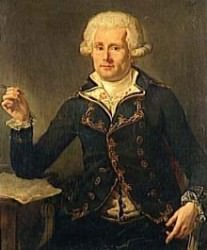 While searching for nebulae during 1770, Messier went off the beaten path. This led to 19 original discoveries that weren’t documented in any catalogs by other astronomers he could get in touch with. Devoting his life to astronomy, he used every clear night to advantage, continuing to discover comets and add objects to his catalog. At age 40 he married (after 15 years of dating), and a year later, on January 10, 1771, Messier independently co-discovered the Great Comet of that year. On February 16, 1771 he presented the first version of his Catalog of Nebulae and Clusters of Stars, with the first 45 objects, to the Paris Academy of Sciences. This was his very first memoir and during that same year that he was finally officially made the “Astronomer of the Navy”.
While searching for nebulae during 1770, Messier went off the beaten path. This led to 19 original discoveries that weren’t documented in any catalogs by other astronomers he could get in touch with. Devoting his life to astronomy, he used every clear night to advantage, continuing to discover comets and add objects to his catalog. At age 40 he married (after 15 years of dating), and a year later, on January 10, 1771, Messier independently co-discovered the Great Comet of that year. On February 16, 1771 he presented the first version of his Catalog of Nebulae and Clusters of Stars, with the first 45 objects, to the Paris Academy of Sciences. This was his very first memoir and during that same year that he was finally officially made the “Astronomer of the Navy”.
A year later Madam Messier gave birth to a son… And within two weeks they were both gone.
If you think today’s scandal sheets at the grocery store checkout are bad, then know they couldn’t hold a candle to what aristocracy could do back then. According to research, a malicious legend is reported by Jean-Francois de Laharpe, written in 1801, that the death of Messier’s wife had prevented the discovery of another comet which would have been his thirteenth, and Messier was more desperate because of the lost discovery than of the death of his wife (especially as this comet was discovered by Montaigne, whom he didn’t like). Anyway, Messier observed this comet March 26 – April 3, 1772. On April 5, 1772, he added another cluster to his list, M50. But after that, Messier seemed to lose his spark for observing and a great deal of his life’s work went on to his assistant, Pierre Mechain. It would be some five years before Messier would take his observing back up in earnest – and 10 years before his passion for hunting comets would return again.
It was about this time that another famous astronomer (Sir William Herschel) began to make his mark in astronomy – and with his superior telescope, put the aging Messier and his work into the past. In less than a year’s time, Charles would accidentally fall once again – this time a 25 foot drop into an ice cellar – from which it took the 50-year old over a year to recover from his injuries. When he returned, he went back to scanning the skies for his beloved comets, but his heart really wasn’t in it. He did discover several more comets, and went on to write many great works. Mechain left to become the director of the Paris Observatory and France fell once again. (Off with their heads). His fortune gone and his observatory falling apart, Charles Messier finally received national attention when Napoleon himself, in 1806, presented him the Cross of the Legion of Honor – the medal you see him so proudly wear in all his portraits.
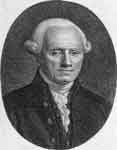 As time passed, the old man Messier did as many old men do… Retired on their laurels and perhaps spent a bit too much time reflecting on the past. Unfortunately, Charles spoiled a great deal of his astronomical reputation by writing a rather detailed autobiography, which ended up tying the great comet of 1769 to Napoleon, who had been born that year. Even though in his mind, it might have been a good political move, it was suicide to the scientific world. No one could believe he would actually equate the appearance of a comet with Earthly events. As Admiral Smyth said: ‘The last comet put astrologically before the public by an orthodox astronomer’. Quietly going blind, Messier suffered a stroke in 1815, and lived for another two years… to meet the age of 87.
As time passed, the old man Messier did as many old men do… Retired on their laurels and perhaps spent a bit too much time reflecting on the past. Unfortunately, Charles spoiled a great deal of his astronomical reputation by writing a rather detailed autobiography, which ended up tying the great comet of 1769 to Napoleon, who had been born that year. Even though in his mind, it might have been a good political move, it was suicide to the scientific world. No one could believe he would actually equate the appearance of a comet with Earthly events. As Admiral Smyth said: ‘The last comet put astrologically before the public by an orthodox astronomer’. Quietly going blind, Messier suffered a stroke in 1815, and lived for another two years… to meet the age of 87.
Although you may argue that Messier’s Catalog was not particularly scientific… It wasn’t arranged by Right Ascension and Declination… Nor was it broken down by object type… What Charles left us was a legacy. Within the Messier List is every known type of object: galaxy, globular cluster, open star cluster, supernova remnant and planetary nebula. His observations were made with a small telescope that averages out to about what a modern 102mm would be today. He couldn’t resolve things. He made mistakes. He was human.
He was Charles Messier.
